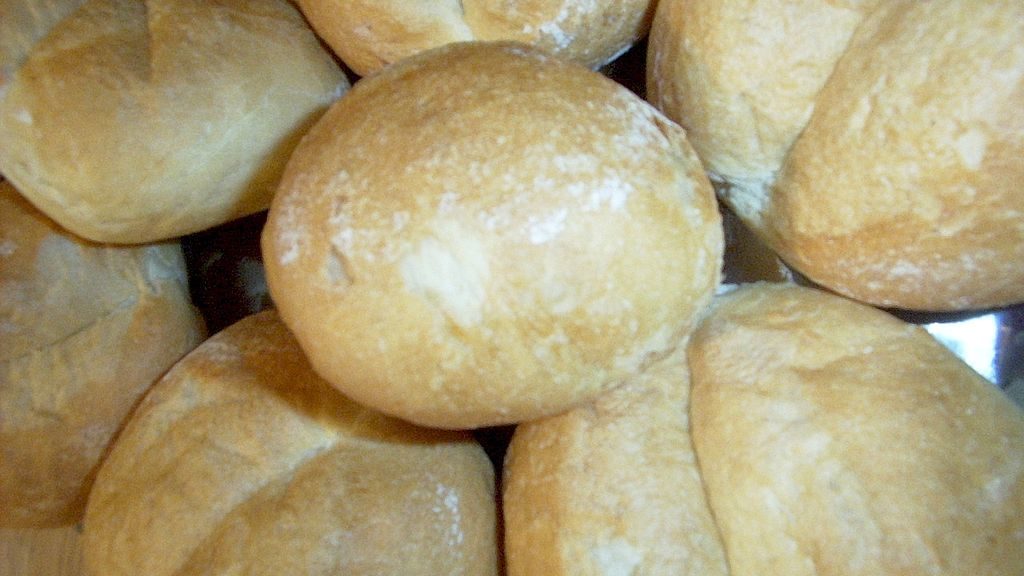
Merry Blogmas for December 6: Bread is Not the Same
We continue today with our daily “Merry Blogmas” posts on fun bite-sized science topics, which will run until Christmas.
THE TASTE OF BREAD HAS CHANGED WITH TIME
We no longer know what bread used to taste like but we do know that it had to taste different from the modern equivalent.
How do we know this? From research done in research-funded “living history” projects and from archaeology on the remains of Medieval and Renaissance buildings.
Here’s the evidence;
- In the walls and roofs of pre-modern buildings, archaeologists have found grains of wheat, rye, millet, barley, oats, and other crops used to make flour that are centuries old.
- Some of these grains were found in the rare survivals of old thatching material.
- Some were found as insulation in cob, which is a type of mud-based plaster used to make walls.
- Some were found in survivals of grain storage.
- These grains are more genetically-diverse that our modern bred-for-maximum-productivity grains.
- Modern grains have been bred for disease-resistance, climate-hardiness and to increase the number of seed grains per stalk.
- Modern farm fields are more uniform in the types of grain planted, with just one grain variety planted per field.
- In pre-modern farms field, there was usually more than one grain variety growing in a field, so flours were usually made from a mix of grain varieties or even grain types.
- Living history projects have attempted to replicate the diversity of grains grown on pre-modern farms.
- These projects can only approximate the actual crops once grown since some of the old “hierloom” grains are now lost to us.
- Researchers have noted that breads made from grains grown in these living history projects are denser.
- Because flours were typically a mix of grain varieties, the living-history project breads also have much more complex and “nuttier” flavors compared to modern breads. In addition, they are also much chewier and pack higher fiber.
Modern Breads Usually Include One Major Additional Ingredient
We know the older and more diverse varieties of wheat and other grains must have resulted in a more robust flavor based on research done over the last three decades.
There is one thing that most moderns breads include that was absent in the breads of centuries past and that’s sugar.
- Until the late nineteenth century, sugar was not a cheap commodity. Before the colonization of the Americas, sugar was a luxury item.
- Sugar was not included in a staple food like bread.
- Putting sugar in bread makes a difference in both taste and texture. Modern bread is sweeter, more bland, less chewy and lighter.
- Affordable sugar that was cheap enough to bake into almost every loaf of bread did not exist before the twentieth century.
Nowadays, it’s almost impossible to find bread made without sugar in a grocery store, at least in North America.
Our ancestors would find the almost universal-inclusion of sugar in bread unbelievable. They would also not recognize the taste or texture. Their bread and ours are just not the same.
Banner photo of Polish bread rounds copyright 2006 used with permission via Wikicommons.
